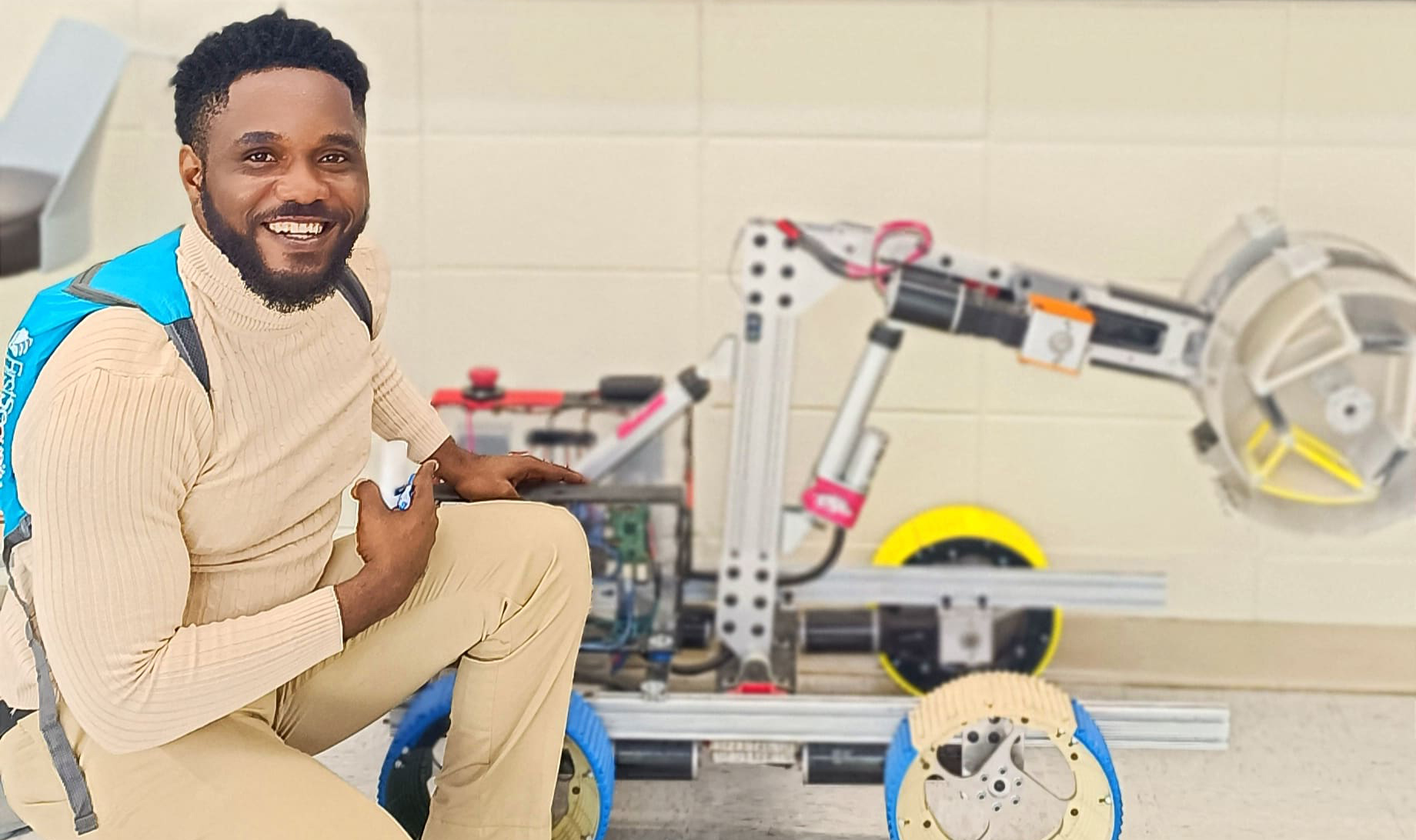(Based on Tremblay, M. C. (2023). Digital Resilience in Government Data Sharing: Lessons from Virginia. MIS Quarterly.)
📖 Introduction Governments need to be prepared for unexpected problems, like natural disasters or health crises, to protect their citizens and keep essential services running. One of the best ways to do this is by using data effectively. The Commonwealth of Virginia (COVA) created a system to gather and use data from different government agencies, helping them respond to two major crises: the opioid epidemic and the COVID-19 pandemic. This research examines how COVA built digital resilience—the ability to anticipate problems, respond effectively, and learn from them using technology and data.
🖥️ Understanding Digital Resilience Digital resilience is the ability of an organization or government to use technology, data, and digital tools to handle crises. To be resilient, organizations must:
- 🔍 Anticipate problems by detecting early warning signs. This means using data to monitor trends, identifying potential threats before they escalate, and setting up alert systems to notify key decision-makers when action is needed. For example, tracking opioid prescriptions helped COVA detect an increase in misuse before it became a widespread crisis.
- ⚡ Respond and adapt by making informed decisions based on data. When a crisis occurs, having real-time data allows organizations to act quickly and allocate resources efficiently. In Virginia, officials used data dashboards to determine which areas had the highest COVID-19 infections, allowing them to direct medical supplies and testing efforts accordingly.
- 📈 Learn and improve by analyzing past responses and making necessary changes. After addressing a crisis, organizations must review what worked and what didn’t. This helps refine strategies for future emergencies. COVA improved its data-sharing framework between agencies after the opioid crisis, making it easier to respond to the COVID-19 pandemic.
The key challenge is ensuring different agencies can share and use data efficiently, breaking down information barriers that often slow down response efforts. Establishing trust, clear guidelines, and secure data-sharing platforms can help overcome these hurdles.
📊 Virginia’s Approach to Digital Resilience COVA used a step-by-step approach to improve how data was shared and used across government agencies:
1. 🔗 Early Efforts to Share Data
- In 2003, COVA started looking at how different government agencies collected and stored data.
- The Virginia Longitudinal Data System (VLDS) was created to track students’ education and employment outcomes, helping improve educational programs.
- However, different agencies still had separate rules for sharing data, making collaboration difficult. The lack of a standardized process meant that data sharing required complex negotiations each time it was needed.
- Agencies often faced legal and technical barriers that prevented them from efficiently accessing critical information.
2. 🛠️ Building a Data Sharing System
- In 2018, COVA created a Chief Data Officer (CDO) position to lead data-sharing efforts.
- The Framework for Addiction Analysis and Community Transformation (FAACT) was launched to help agencies share information about the opioid crisis.
- FAACT combined data from healthcare, law enforcement, and social services, allowing agencies to track overdoses and respond more effectively.
- The system also introduced secure data-sharing protocols that ensured privacy while enabling cross-agency collaboration.
- By developing a structured governance framework, COVA ensured that agencies had clear guidelines on data ownership, security, and ethical usage.
🚨 Case Study 1: The Opioid Crisis
The Problem:
- A rise in opioid overdoses, particularly from fentanyl, created an urgent public health issue.
- Different agencies had valuable information, but they weren’t sharing it efficiently.
- Emergency responders, hospitals, and law enforcement lacked a coordinated system to track and respond to overdoses in real-time.
- Limited access to up-to-date data made it difficult for policymakers to allocate resources effectively.
The Solution:
- COVA set up FAACT, a centralized digital platform that combined data from hospitals, law enforcement, and social services.
- This allowed authorities to track where overdoses were happening in real time and identify high-risk areas.
- Data-sharing agreements were established to ensure timely and secure data exchange between agencies.
- FAACT enabled medical professionals, first responders, and law enforcement to collaborate more effectively in deploying preventive measures and emergency responses.
- The system incorporated analytical tools to predict trends and help develop targeted interventions.
The Results:
- Before FAACT, overdose data took months to compile, delaying response efforts and intervention planning.
- After FAACT, authorities could react within days, preventing deaths and improving responses.
- Real-time data allowed law enforcement to focus resources on known drug trafficking hotspots, reducing illicit opioid distribution.
- Public health officials issued timely warnings, such as alerts about dangerous drug batches, preventing additional overdoses.
- The collaborative approach reduced emergency room admissions and improved patient outcomes through faster, coordinated care.
- Following FAACT’s implementation, opioid-related deaths in targeted areas showed measurable declines, demonstrating the system’s effectiveness in crisis response.
🎓 Learning and Expanding Data Use Between the opioid crisis and the COVID-19 pandemic, COVA refined its data-sharing system:
- The Workforce Referral Portal was developed to help unemployed residents find jobs and training programs.
- A centralized data-sharing system called the Commonwealth Data Trust (CDT) was created to standardize data-sharing agreements.
- This new framework eliminated redundant bureaucracy and allowed agencies to access real-time data more efficiently.
- The CDT also ensured compliance with privacy laws while maximizing the benefits of data integration.
🦠 Case Study 2: The COVID-19 Pandemic
The Problem:
- COVID-19 spread quickly, overwhelming hospitals and creating shortages of medical supplies.
- COVA needed a way to track hospital capacity, ICU beds, ventilators, and testing locations in real time.
- Conflicting data from different agencies made it difficult to assess which areas were most impacted.
- A lack of coordination between state and private hospitals hindered the fair distribution of resources.
- Without a centralized tracking system, testing locations struggled to meet demand, and some areas faced delays in care.
The Solution:
- The government expanded FAACT to track COVID-19 cases and hospital resources.
- They worked with hospitals and private companies to collect and analyze data.
- A digital dashboard was created to help decision-makers allocate resources effectively.
- The dashboard was continuously updated with new data, allowing state officials to monitor trends and adjust strategies as needed.
- Additional integrations allowed COVA to track vaccine distribution, ensuring that at-risk populations received priority access.
- Testing sites were mapped in real-time, allowing residents to quickly find nearby locations with available testing capacity.
- Hospital networks were connected to ensure ICU beds and ventilators were redirected to high-need locations promptly.
The Results:
- The dashboard helped prevent unnecessary spending on emergency hospitals that were not needed.
- Instead of shutting down the entire state, restrictions were placed only in areas with high COVID rates.
- The system ensured resources were sent to the communities that needed them most.
- Real-time tracking enabled a more equitable vaccine distribution, minimizing disparities across communities.
- Data-driven decisions helped COVA respond more effectively to new variants and surges, keeping hospitalizations manageable.
- The integrated testing network reduced wait times, improving access to COVID-19 screening and early detection efforts.
Key Lessons and Impact
- 🤝 Trust and Cooperation Matter – Agencies and private organizations were initially hesitant to share data, but clear rules and secure systems helped build trust.
- ⏳ Real-Time Data Saves Lives – Quick access to data allowed officials to act fast, preventing opioid overdoses and managing COVID-19 hospital capacity.
- 🧠 Technology Enables Smarter Decision-Making – Instead of broad, one-size-fits-all policies, data-driven decisions ensured targeted and effective responses.
- 🔄 Data Must Be Constantly Improved – Learning from each crisis helped COVA refine its data strategies, making the system stronger over time.
- 🌎 Scalable Solutions Have Long-Term Benefits – The FAACT framework demonstrated that investments in data-sharing can be repurposed for different crises, providing lasting value beyond the initial emergency.
🏁 Conclusion By treating data as a valuable resource, Virginia successfully built a system that allowed it to respond effectively to both the opioid crisis and the COVID-19 pandemic. The state created a framework for sharing and using data across agencies, ensuring a fast, coordinated, and informed response to emergencies. Other governments can learn from this approach to build their own digital resilience and better protect their citizens in times of crisis.










Leave a Reply